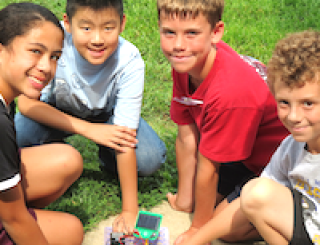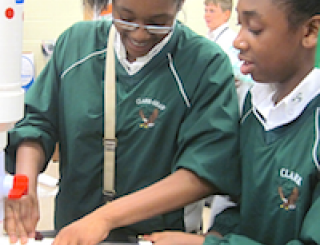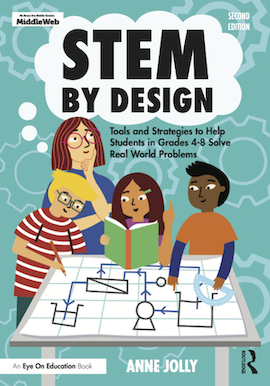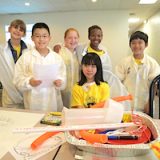Selecting a Real-World STEM Challenge
What Are Real-World Problems?
Real-world problems are those happening on Earth right now, as well as likely emerging problems. Wars, diseases, poverty, natural catastrophes, climate change, global pandemics – we face these serious problems today.
From students’ perspectives, real-world challenges often focus on those that affect them and their communities personally. Taking on such nearby challenges stimulates kids’ interest and engagement. If this is a specific, manageable problem, students can often come up with innovative ideas and make progress toward a solution. They learn to creatively collaborate, critically think, clearly communicate, and make their community a better place to live.
What Problems Can Your Students Realistically Address?
Problem-solving is a central feature of STEM. But coming up with real-world engineering problems for kids to solve can be challenging in itself, especially if your content standards drive the types of challenges you or your students can select.
For your STEM project you want to address a meaningful and relevant challenge. Students can’t eliminate health problems or come up with a new drug, but they might design an assistive device for a person who has lost a limb.
As students grow up they will encounter real-life problems and have to figure things out for themselves. Your STEM projects will give them a good start. They will already be discovering answers to questions like: What do I need to know? How can I find out? What can I do with this information? And they’ll have practice in solving problems. Let’s look at a few ways you might arrive at a realistic challenge for your project. For example, you could:
- Encourage student-generated problems. These are obviously ideal for creating student enthusiasm and engagement. When your students identify a problem to solve, be sure they keep it realistic. They also need to consider (1) what they have already learned that can help them solve this problem, and (2) whether the needed resources are available to them.
- Identify challenges in your local community that students can address. Among other things, these problems could involve runoff from fertilizers around farming areas, plastics control, erosion and pollution, conservation, and other issues.
- Contact local businesses. Find out what problems they face that kids could try to solve. For instance, student teams might design and create ergonomic office chairs, disposable lunchroom trays, and other useful items.
- Collaborate with fellow teachers and other educators to brainstorm and share ideas for challenges students could address.
- Look for ideas in books, conversations, and online. If you look online, simply type “real-world STEM problems” into a search engine and stand back. You’ll be hit with an abundance of possible sites to sift through for ideas. (AI can help here, too.)
- Check out the 14 Grand Challenges for Engineering our nation must be prepared to solve in this century from the NAE website. I’ve tailored those challenges for middle schoolers in Design Tool 9.1 (here and here).
- Try other national organizations such as the National Science Teaching Association or the International Technology and Engineering Educators Association that provide resources and STEM challenges. NASA’s Jet Propulsion Laboratory offers real-world challenges and activities.
- Investigate websites specifically dedicated to STEM. A few examples include Science Buddies, NASA e-CLIPs, TryEngineering.org, and TeachEngineering.org. These sites offer a wealth of projects and challenges filtered by age group, difficulty level, and topic.
Tips for Selecting a STEM Challenge
Keep the project doable. Once you’ve landed on some ideas for problems kids might address, decide which ones they are most likely to be successful in solving. Can they develop and test possible solutions for this challenge within your project timeline? Do your students have the knowledge and know-how to tackle the problem?
Keep the project real. Be sure the problem addressed by the lesson you examine is an actual problem. If the lesson uses a make-believe scenario such as Martians landing on earth and needing special alien food – keep looking.
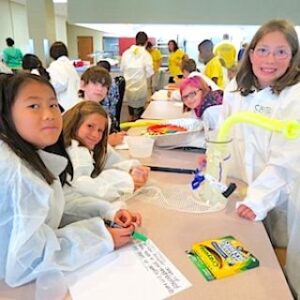
Also check out Evaluating and Adapting an Existing Lesson as a STEM Project here on the book site. To dig even deeper into this topic, see Chapter 9 of STEM By Design, Second Edition.
Text from Chapter 9 of STEM by Design by Anne Jolly (Routledge 2025). All Rights Reserved.

